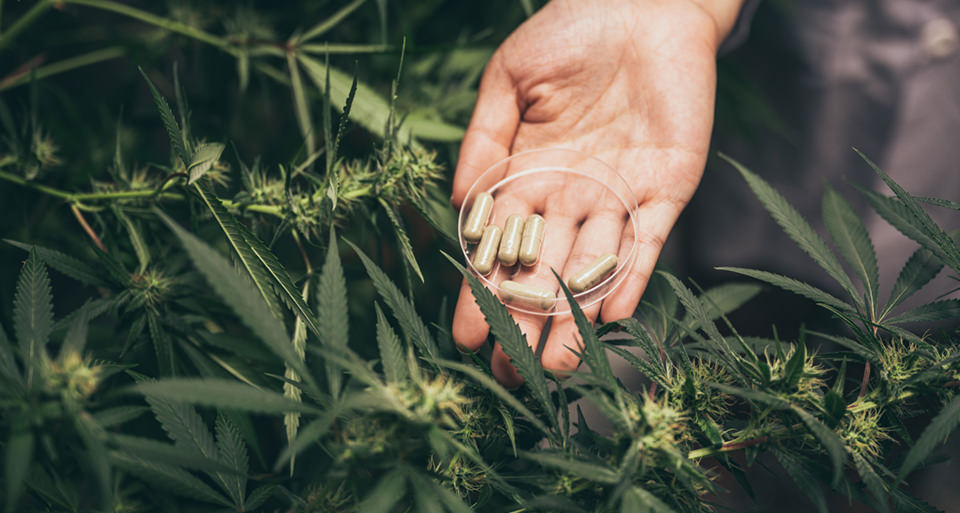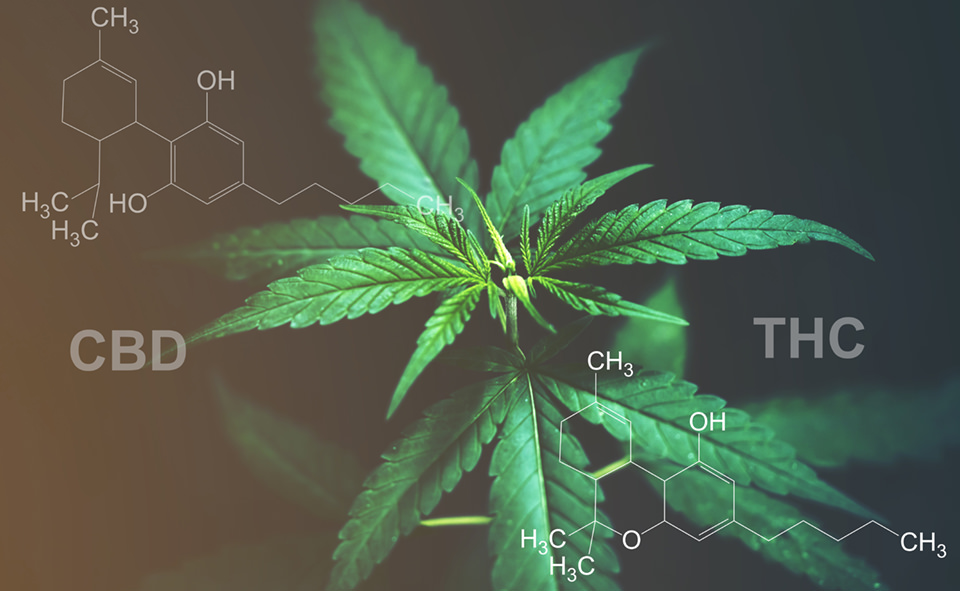6 Main Benefits of Cannabis for Medical Use
Cannabis was grown primarily as textile material due to its long and tough fibers long times ago. Awareness of the medical use of cannabis were raising over time. Cannabis was popular and widely used as analgesic around the 10th century. However, consumption of medical use of cannabis was rapidly declined by 20th century. Cannabis was defined as drug without medical uses in this period. Later, multiple studies and researches proved the medical use of cannabis, including effects to relieve pain, seizure disorders, improve appetite and other diseases. These efforts motivated the movement of recognizing medical value of cannabis. Nowadays, cannabis are not only used for industry, but also the medication. Cultivation and trade of medical cannabis are permitted in some of the countries.
This post would like to talk about the main benefits of cannabis for medical use. But we should note that long term effects of using medical cannabis is not clear at present. Besides, the impacts of cannabis for medical use are related with the dosage and frequency. This post may not meant to be comprehensive, please consult professional doctors for guidance if you need medical cannabis.

What is medical use of cannabis
There are three cannabis strains: sativa, indica and, ruderalis. Cannabis sativa, also know as marijuana, is the major source of medical cannabis. Cannabis sativa contains around 550 identified chemical constituents, including phytocannabinoids and terpenes. Medical cannabis is defined as ‘using the whole, unprocessed marijuana plant or its basic extracts to treat symptoms of illness and other conditions’ by the Nation Institute on Drug Abuse. However, ‘the medical use of cannabis’ involves numerous preparations and product that include various ingredients and routes of administration. The significant difference between medical use of cannabis and other preparations of cannabis is medical use of cannabis has the marketing authorizations while others do not. Though regulations for medical use of cannabis is looser at present, preparations and products of medical cannabis are still must through wide variety clinical trials for effectiveness and side effect test. Another critical consideration of medical use of cannabis is whether it can correspond and keep the quality and effectiveness for mass manufacturing.
What makes cannabis beneficial for medical use
There are hundreds of known chemicals in cannabis, over 60 of them are classified as cannabinoids. Cannabinoids are a series of compounds that was first found in cannabis plant but isolated from seeds, roots, stems and leaves. They exist on the trichomes of unfertilized female flowers, which secrete a resin with phytocannabinoids. THC (tetrahydrocannabinol), CBD (cannabidiol ) and CBN (cannabinol ) are three important cannabinoids in cannabis plant. THC are the most active one with more than 60 chemicals. THC levels are related with resins of different type of yielding plants in different countries, ranging from 3% to 16% (percent THC weight/per dry weight of cannabis). THC is able to affect hippocampus, cerebral cortex, basal gaglion, increasing neurotransmitter dopamine in nucleus accumbens and then being psychoactive. CBD is not being psychoactive but capable of reducing seizures, pain and psychotic. CBD is also have effect on decrease THC effects. CBN, however, has less studies and researches. Cannabinoids makes cannabis beneficial for medical use, such as the control of chronic health problems, including HIV/AIDS, cancer, vomiting, asthma, nausea, hypertension etc.

Benefits of cannabis for medical use
Attention was focused on cannabis when it was found to be helpful in managing health problems. Cannabis for medical use must not only pass the clinical tests but also obey the relevant regulations. Studies have showed 6 main benefits of cannabis for medical use, including reduction of cancer pain, nausea and vomiting, relief of multiple sclerosis, glaucoma, cachexia, and appetite stimulation.
-
Relieve cancer pain
Cancer pain may caused by invasion of bone, inflammation, or other sensitive structures. A study found that 5 to 20 mg doses of THC had remarkable effect in producing analgesia cancer pain for patients. Cannabinoids can limit the growth, invasion to surrounding normal tissues and metastasize of cancer cells as well as reducing the risk of mutations of cancer cells. They are able to reduce the cancer pain but not cure or slow the recurrence rate of cancer. However, a study showed that the successful reduction of 50% cancer cells survival was achieved by continuously exposing to a cannabinoid concentration that was 10 times higher than the peak blood concentration of the human who smoked a large dose of cannabis. As a result, the complete eradication of cancer cells would require a huge doses of cannabinoids.
-
Reduce nausea and vomiting
Cannabis is beneficial for reducing the nausea and vomiting frequently caused by chemotherapy, which are known as the worst side effects. Researches that compared THC to placebo and metoclopramide (anti-emetic drug) found THC was useful for countering nausea and vomiting. Patients may not respond well to conventional anti-emetic drugs due to individual difference. Emergency use of cannabinoids relief cancer patients that are unresponsive to anti-emetic drug from afflicting nausea and vomiting. But every coin has two sides, cannabinoids also have side effects. Even though, it seems to be acceptable compared to the painful chemotherapy for many patients.
-
Decrease multiple sclerosis
Multiple sclerosis is a disease of the central nervous system, causing non-traumatic neurological disability to young adults commonly. The most general symptoms of multiple sclerosis are neurological pain and spasticity. Researches found a cannabinoid system in the brain in the 1990s, which motivated the following discovery of effects of cannabinoids on neurological diseases like multiple sclerosis. But a large number of studies showed that patients had objective relief of pain and spam without any notable improvement on spasticity. Though the reason for the sensation difference is not clear, it may be resulted as the confusion of the decrease of spasm related pain and spasm itself.

-
Ease glaucoma
Glaucoma is an ocular diseases that increase the intraocular pressure, leading the damage to retina or even blindness. It has been shown that cannabinoids were able to reduce intraocular pressure (IOP) by 24%, which was the primary causes of optic nerves and blindness. Cannabinoids treat the glaucoma by lowering the blood pressure. Cannabinoids work in smoking, infection and pill form. But the problem is cannabinoids can only lasting effects for three or four hours with a normal dose. This means patients have to continuously smoking or eating cannabinoids every few hours to reduce intraocular pressure, nevertheless day or night. The contentiously administration may cause the undesirable psychoactive effects.
-
Improve cachexia
Cachexi is a physiological disorder that is manifested as extreme weight loss, skinny, skeleton, anemia and weakness. Mostly caused by cancer and other serious chronic diseases. It can be regarded as a state of poisoning caused by the occurrence of obstacles in many organs throughout the body. The occurrence of this disease usually refers to the body being in a serious dysfunction state. It is reported that cannabinoids can improve the frequency and amount of eating, helping patients to gain weight. If patients themselves are strengthen, they are more likely to overcome cachexia.
-
Stimulate appetite
Weight loss may caused by diseases like AIDS and cancer as patients loose their appetite under the serious pain and they are unable to absorb nutrients. Studies found that cannabinoids had the ability to stimulate appetite for the AIDS patients with certain loss of body weight. Both inhalation and oral THC could increase caloric intake, food consumption and body weight. Other studies also found that dronabinol was effective in enhancing appetite. However, there were little impact on protein but larger intake of carbohydrates with the influence of CB1, which was responsible for modulating appetite, controlling food intake and energy metabolism in brain.
To sum up, cannabis for medical use is beneficial for caner pain relief, nausea and vomiting reduction, multiple sclerosis decrease, glaucoma easement, cachexia improvement and appetite stimulation. However, cannabis also has problem in safety with the possibility to do harm health. The long term use of cannabis may cause addiction in the vulnerable. Frequency and doses of using cannabis in medial use should be careful.
Cannabinoids play an important role in determining effectiveness of medical use. Nowadays, indoor cannabis cultivation is more and more popular for growers. Appropriate supplement lighting can increase cannabinoids and help growers reap profits. Atop provides professional LED grow light to help you increase the yield and trigger cannabis to produce more cannabinoids. More information, please contact us.


